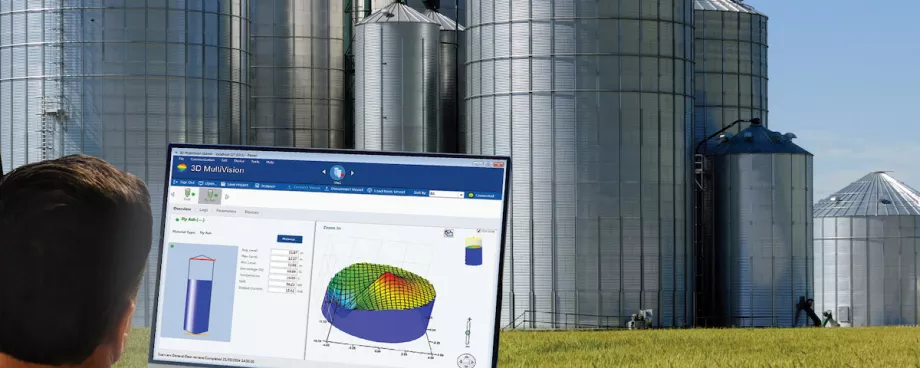(From the archive of ”bulk solids handling", article published in Vol. 36 (2016) No. 1 , ©2016 bulk-online.com)For senior executives in many manufacturing and process industries, inventory management of bulk solids is a major concern. Carrying stock is expensive and the money tied up would be much better spent on product development, plant modernization or expansion to name but a few.
Safety Stocks
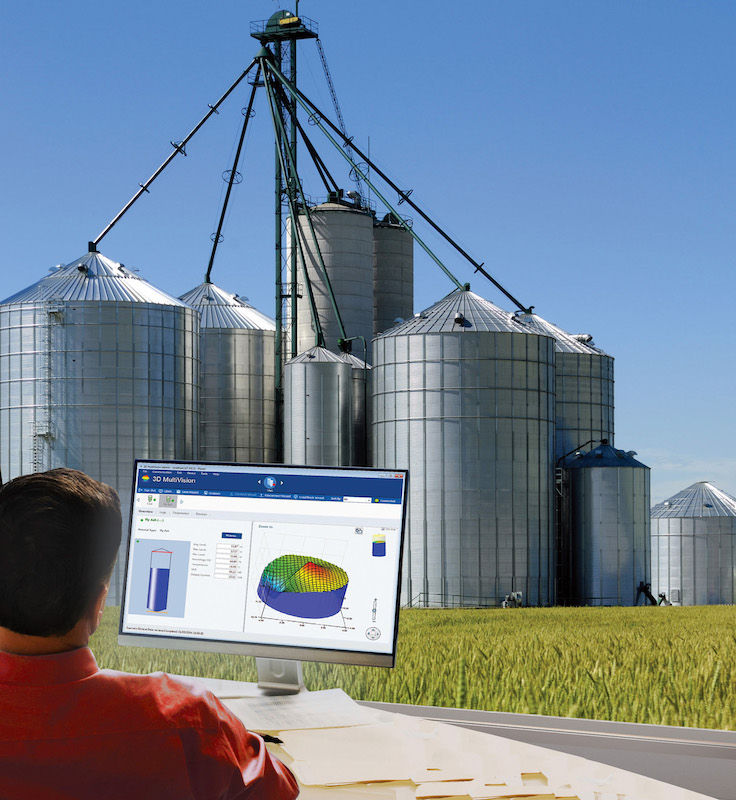
In today’s fast moving and highly competitive markets, to manage inventory uncertainty and avoid the possibility of stopping or slowing production due to a lack of feedstock or intermediate product, most companies will carry what is described as ‘safety stock’. Finding the right balance between too much and too little safety stock is essential as the amount of safety stock an organisation decides to carry can have a significant financial impact on their business. Too much safety stock increases inventory costs and because storage times are extended, product can spoil, expire, or be damaged during handling. On the other hand, too little safety stock can result in missed sales and disappointed customers’ which can adversely affect the company’s long term financial success.Carrying any type of stock is expensive and safety stocks simply add to this burden. As shown in Fig. 2, carrying costs include the costs of handling the inventory, obsolescence, deterioration and pilferage as well as the taxes, insurance costs and cost of money. These costs can be as high as 50% of inventory value on hand for bulk solid materials, though most organisations use 25% as a ballpark figure. These high costs are a direct result of the need to protect against high levels of uncertainty generated by level measurement in bulk solids.
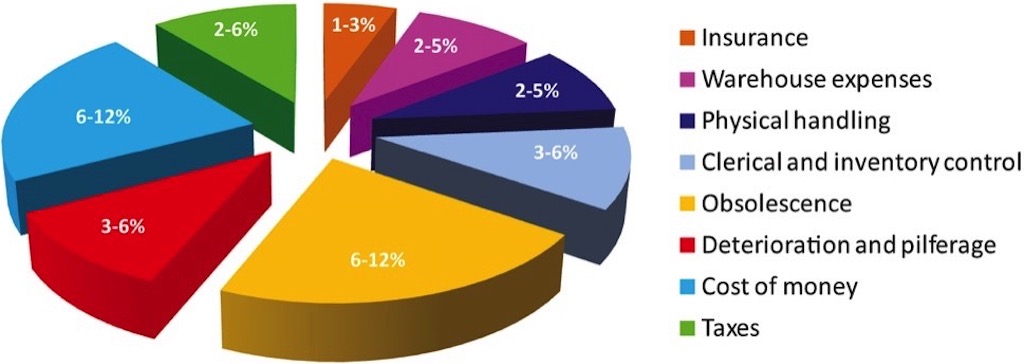
These figures assume that the company already owns the storage vessel. It is not uncommon for an organisation that is suffering from poor inventory control to be considering increasing safety stocks. This could require a new or larger storage vessel and associated material handling equipment, incurring additional, significant capital cost.
Accurate Level Measurement is important
Accurately measuring stocks of bulk solids is important for inventory control and financial management; however this can be problematical for many industries using traditional single point level measurement devices. Take for example industries such as food and beverage, chemicals, mining or cement, where raw materials such as grain, sugar, salt and limestone are stored in large bins, silos or warehouses. Unlike liquids that have a clearly defined and relatively easy to measure surface, the surface of solids materials is rarely flat, with peaks and troughs that continually change as the vessel is filled and emptied.
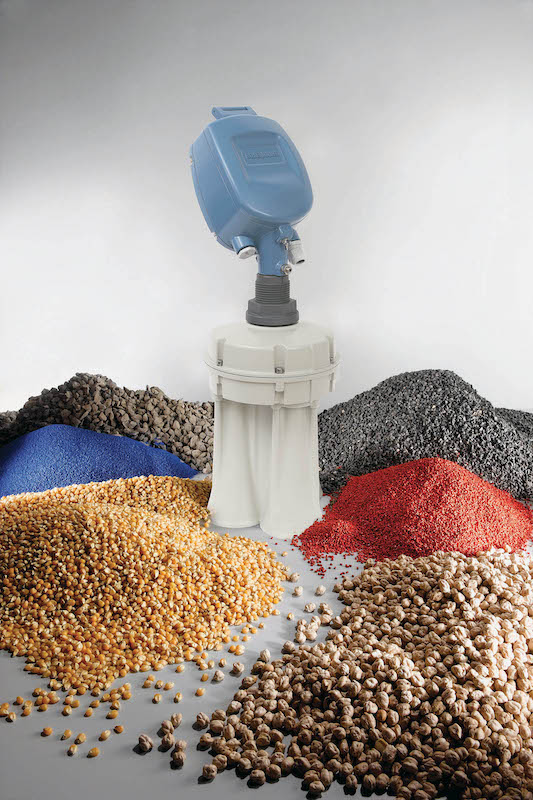
Traditional manual measurements using dipping tapes are time consuming, inaccurate and fail to provide the readily available data needed to support best practice inventory management and regular financial reporting. Performing these types of measurements also creates safety issues, as workers are often required to perform such duties in hazardous locations. Automated solutions help to overcome these issues, but devices that measure the level at a single point within a vessel do not to take account the variations caused by peaks and troughs, making measurements extremely inaccurate and unreliable. Typically, the best repeatable accuracy that can be achieved using such a measurement technique to deduce volume is ±10 - 15%.That kind of inaccuracy is a problem. Unreliable measurements leave the process operators with not enough information to perform efficient day to day decision making, such as when and where to fill or empty, when to order or when can they schedule maintenance. Management is also adversely impacted as capacity forecasts, cost calculations and inventory reports are all based on faulty data.
Why Volume is better than Level
In a solids application, the undulating and varying surface makes measuring the level in a vessel as a whole not a useful concept. While the level at one location in the vessel may be, for example 50%, directly underneath the filling point it may be 100%, so additional material cannot be added and the vessel is effectively ‘full’. Directly above the emptying point, the level may be 0%, so material cannot be removed and the same vessel is effectively seen as ‘empty’. Average level can be anywhere between 0-100%, so it is impossible to judge how much material is actually in the vessel. Instead of ‘level’ at one location, the user needs to be concerned with maximum level, minimum level and especially total volume.New automation technologies are now available that replace traditional single point level measurements with continuous online volume measurement –and in addition offer visualisation of peaks and valleys within vessels. The introduction of 3D solids scanners make it possible to obtain accurate and reliable results even when measuring uneven or sloping surfaces under dusty conditions. Based on acoustic measurement and 3D mapping technologies they measure level by transmitting a low frequency pulse and receiving echoes from the surface. The wide beam penetrates dust and vapour to provide accurate results when used with a wide range of media.
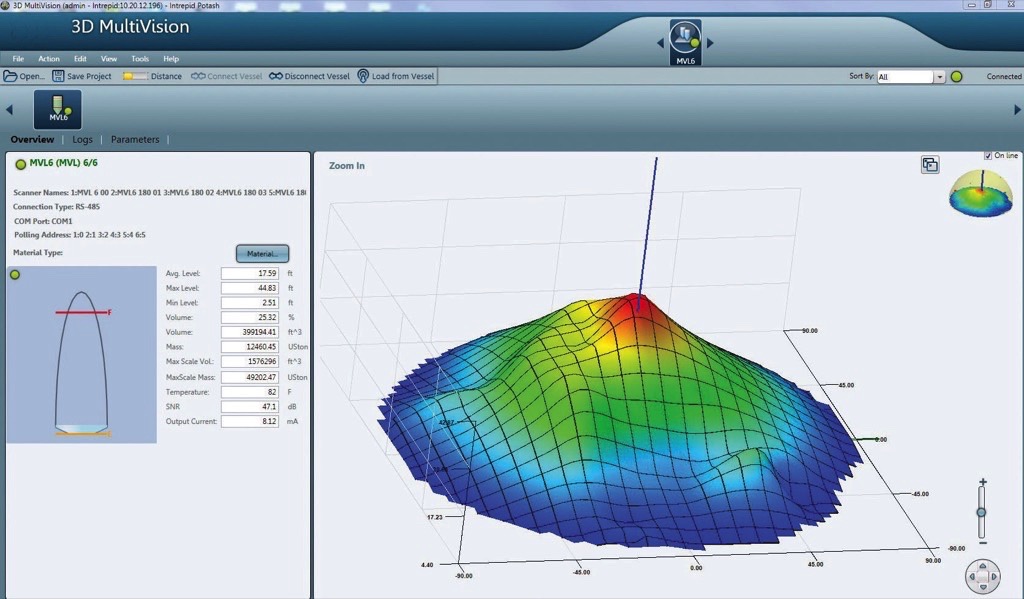
The accurate measurement of the overall surface of the stored contents generates a 3D visualisation of the actual allocation of product within the container for continuous display on remote computer screens. Using the silo dimensions to calculate the volume is therefore easy, enabling the immediate and accurate calculation of inventory value for end of month accounting and quarterly financial reports.The highly accurate measurement data also significantly reduce the risks of over-filling or depleting a vessel. Increased measurement accuracy will give management the confidence to reduce safety stocks. The most immediate impact achieved when improving accuracy by moving from level to volume is the reduced cost of carrying this safety stock.
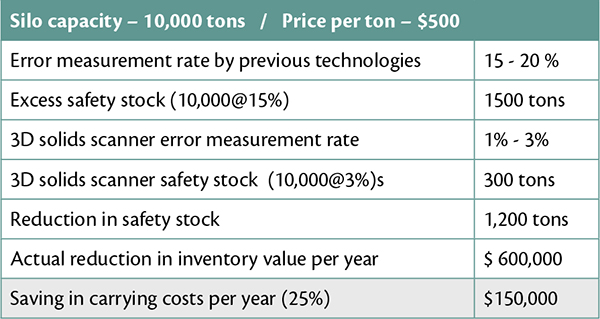
Replacing an existing level measurement device, with a 3D solids scanner, can instantly save between 8% - 13% of your on-hand inventory cost. Based on an annual inventory carrying cost of between 25% and 52% of on hand inventory, this translates into lot of money. A 3D solids scanner quickly pays for itself based on the reduction of annual carrying costs it enables.
Summary
Carrying stock of bulk solids is expensive with most companies using 25% of inventory value for accounting purposes. Safety stocks add to this burden but they are required to compensate for inaccurate level measurement technologies. Because the surface of a solid is typically uneven, a level measurement at a single location on the surface does not provide much useful information. The most important step in successful solids ‘level’ measurement is therefore choosing to measure volume rather than level. The most immediate impact achieved when improving accuracy by moving from level to volume is the reduced cost of carrying safety stock.3D solids scanners provide the most accurate volume calculation based on the best surface map, with wall-to-wall vessel coverage and the finest detail yielding. The return on the investment in this technology is the ability to better manage solids inventory, reduce safety stocks and minimise inventory costs and risk. Knowing the actual inventory not only reduces carrying costs, it also enables more efficient operation, helping companies meet financial targets, reduce costs and increase sales.
| About the Author | |
| Asael SharabiMarketing Director,Emerson Automation Solutions, USA |
■



